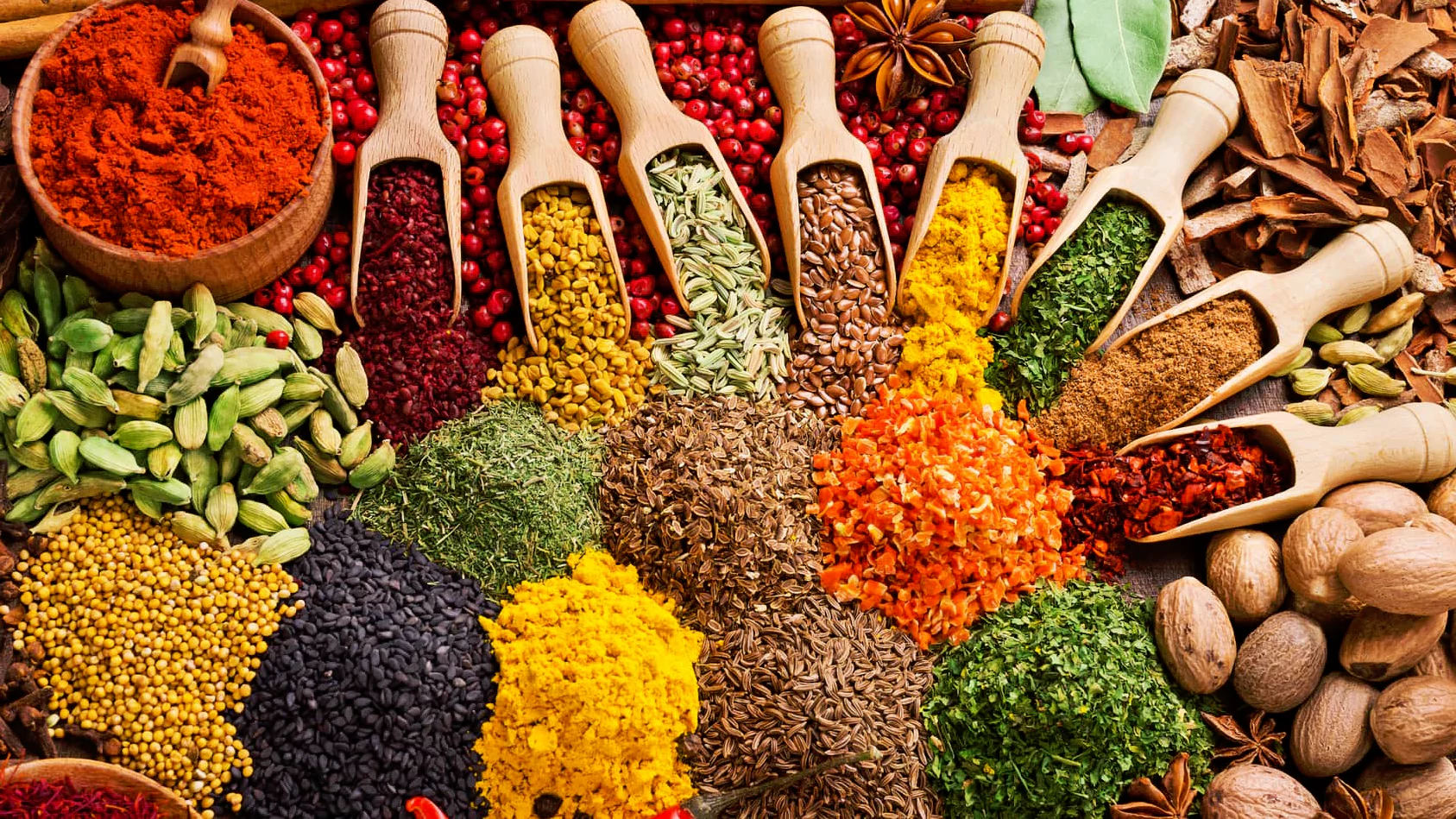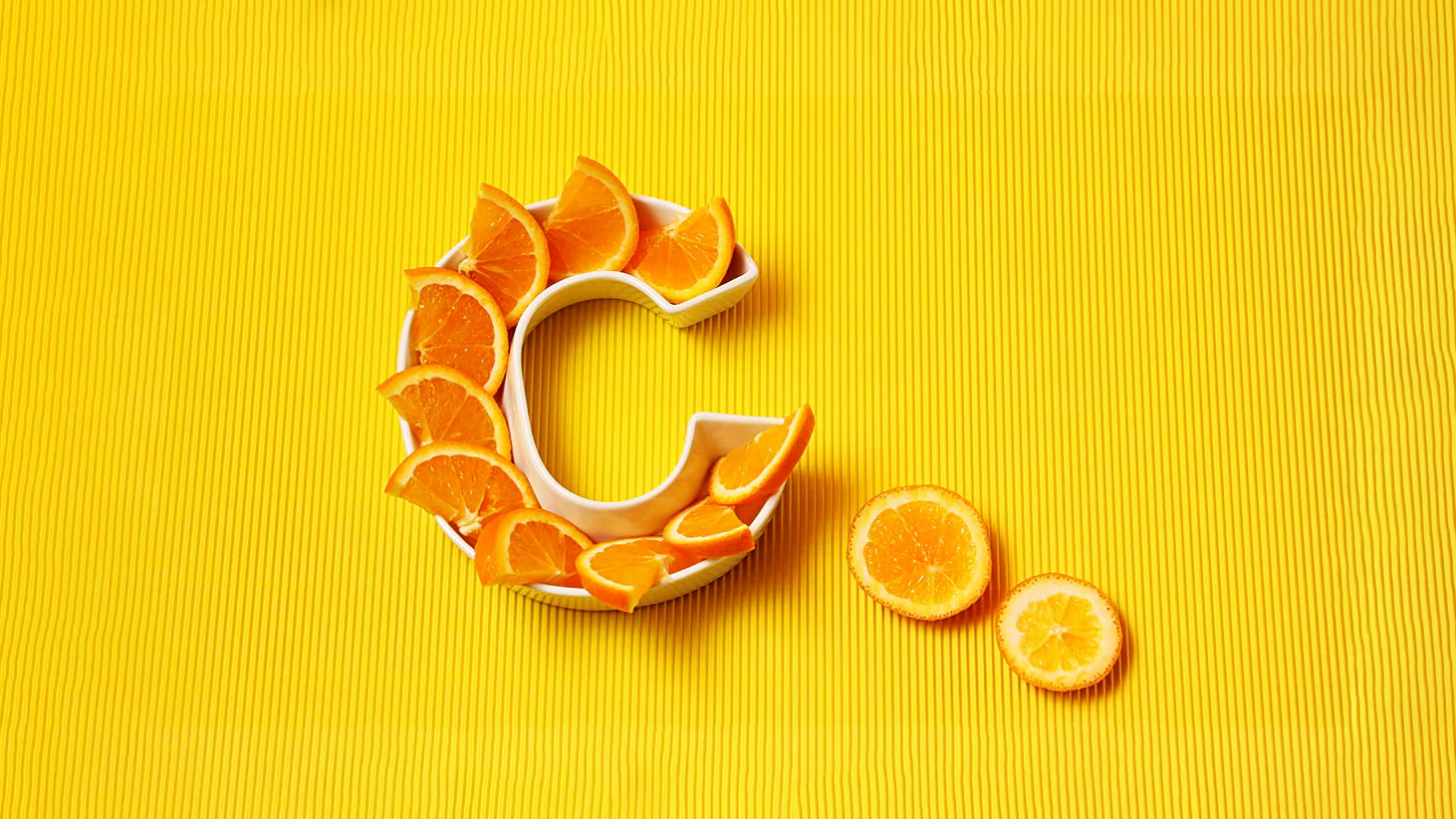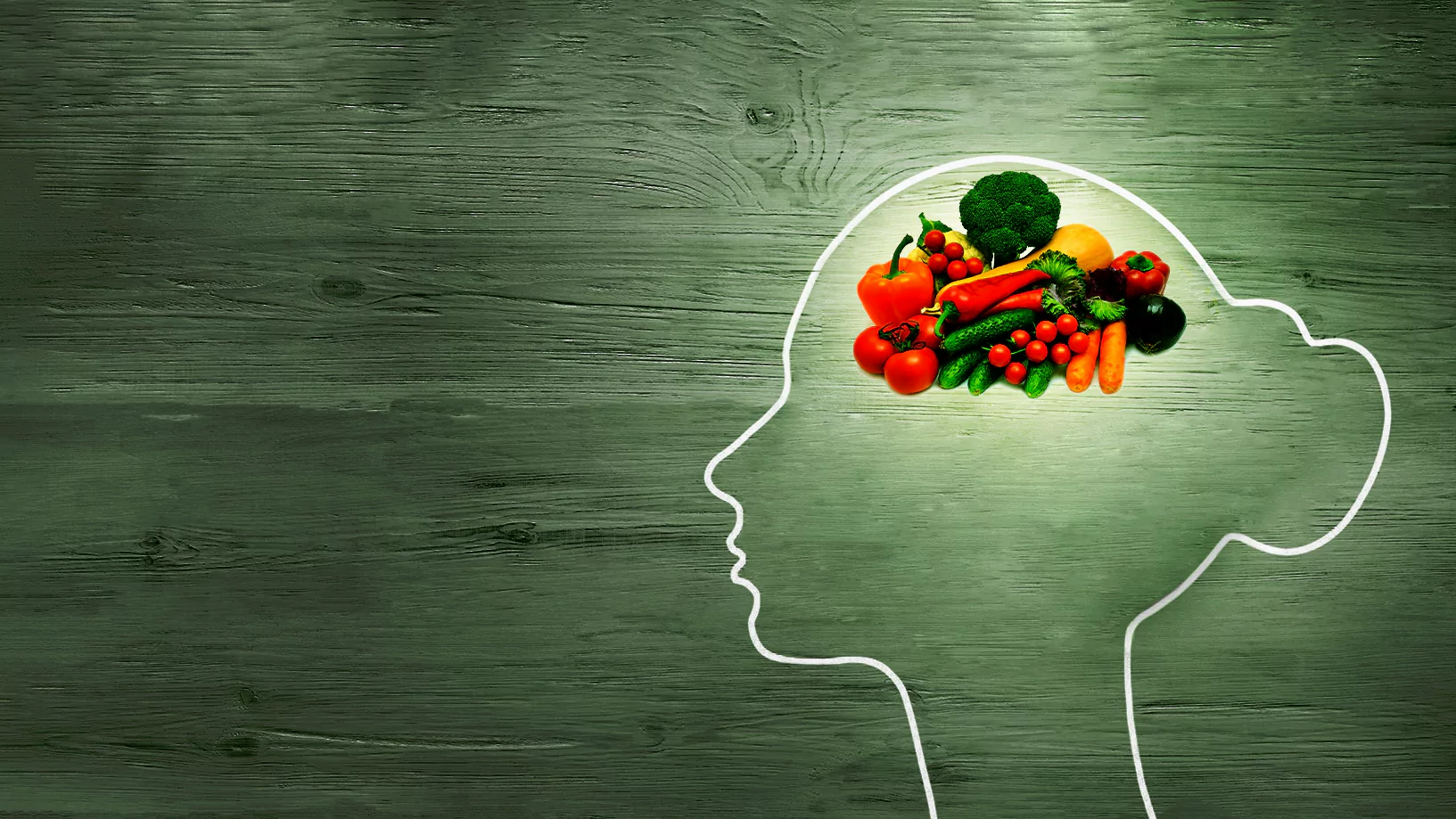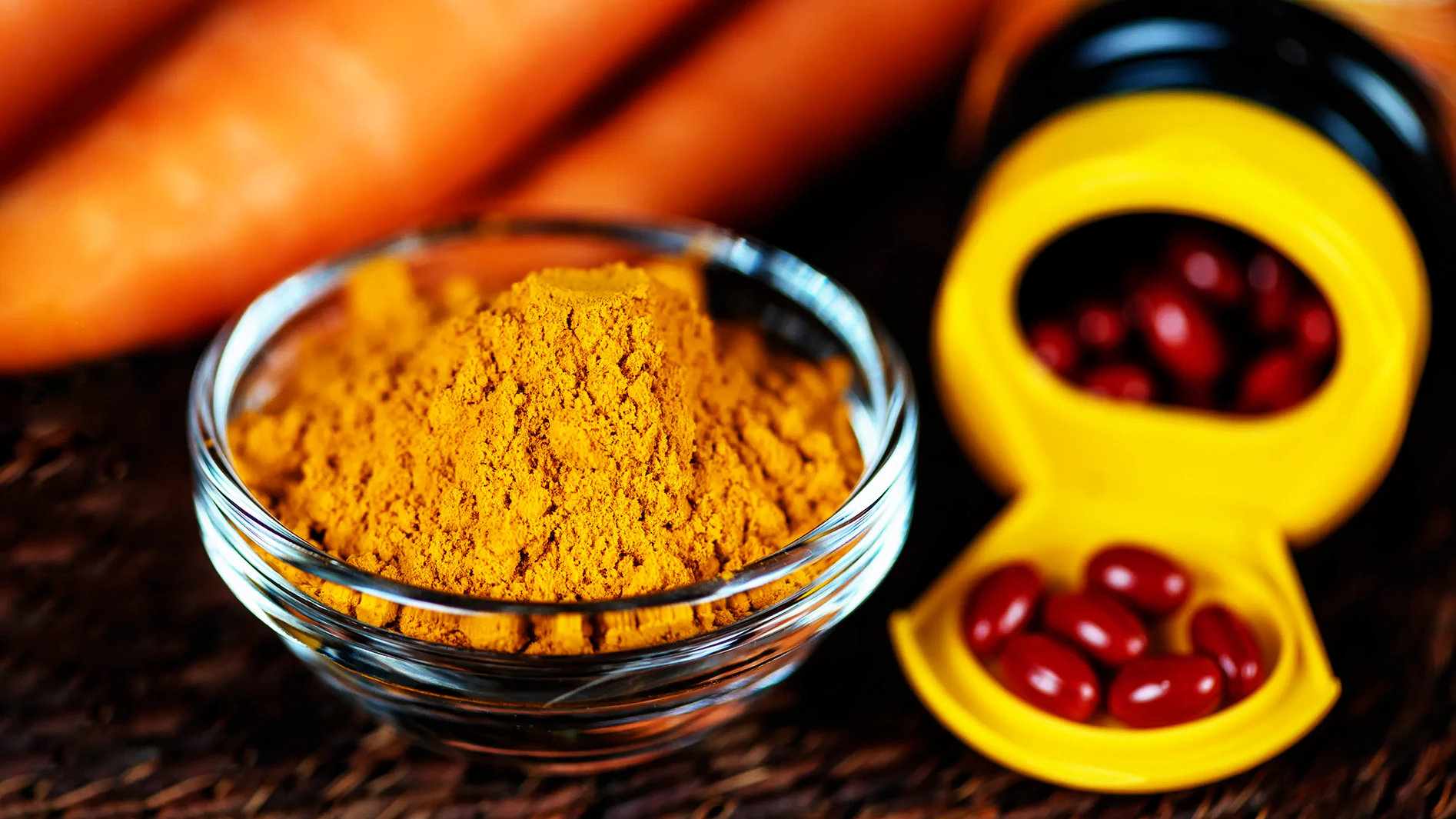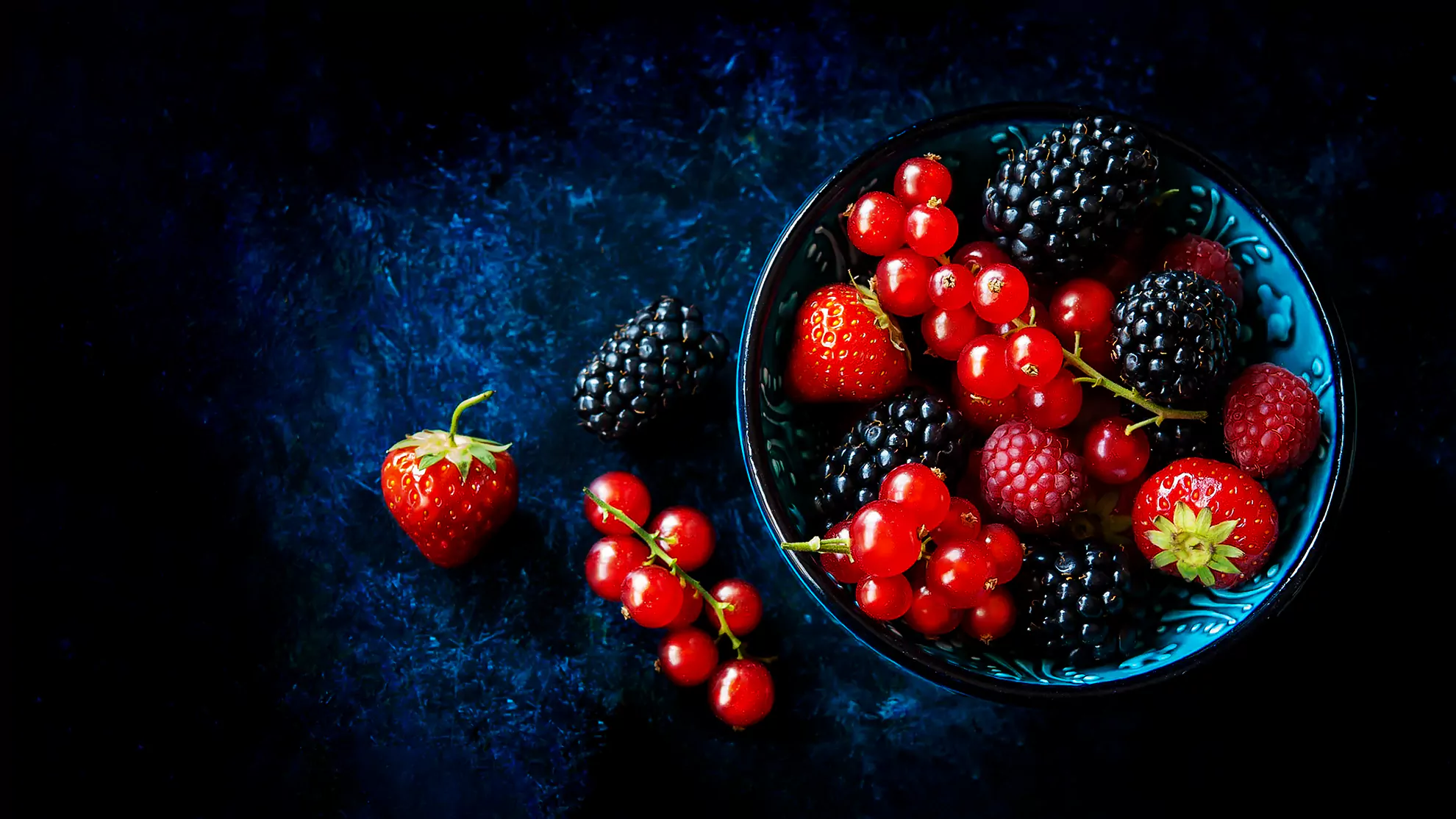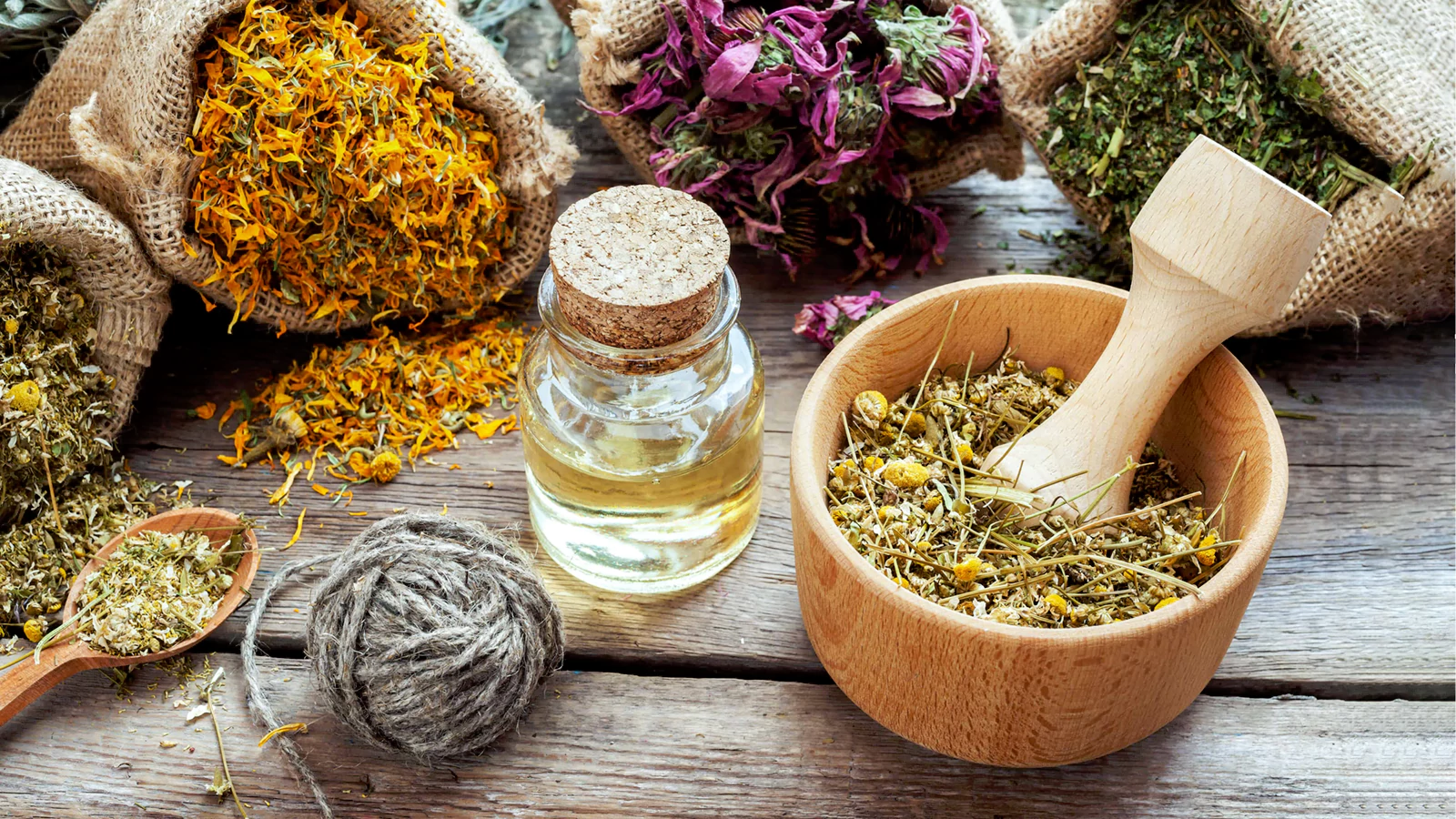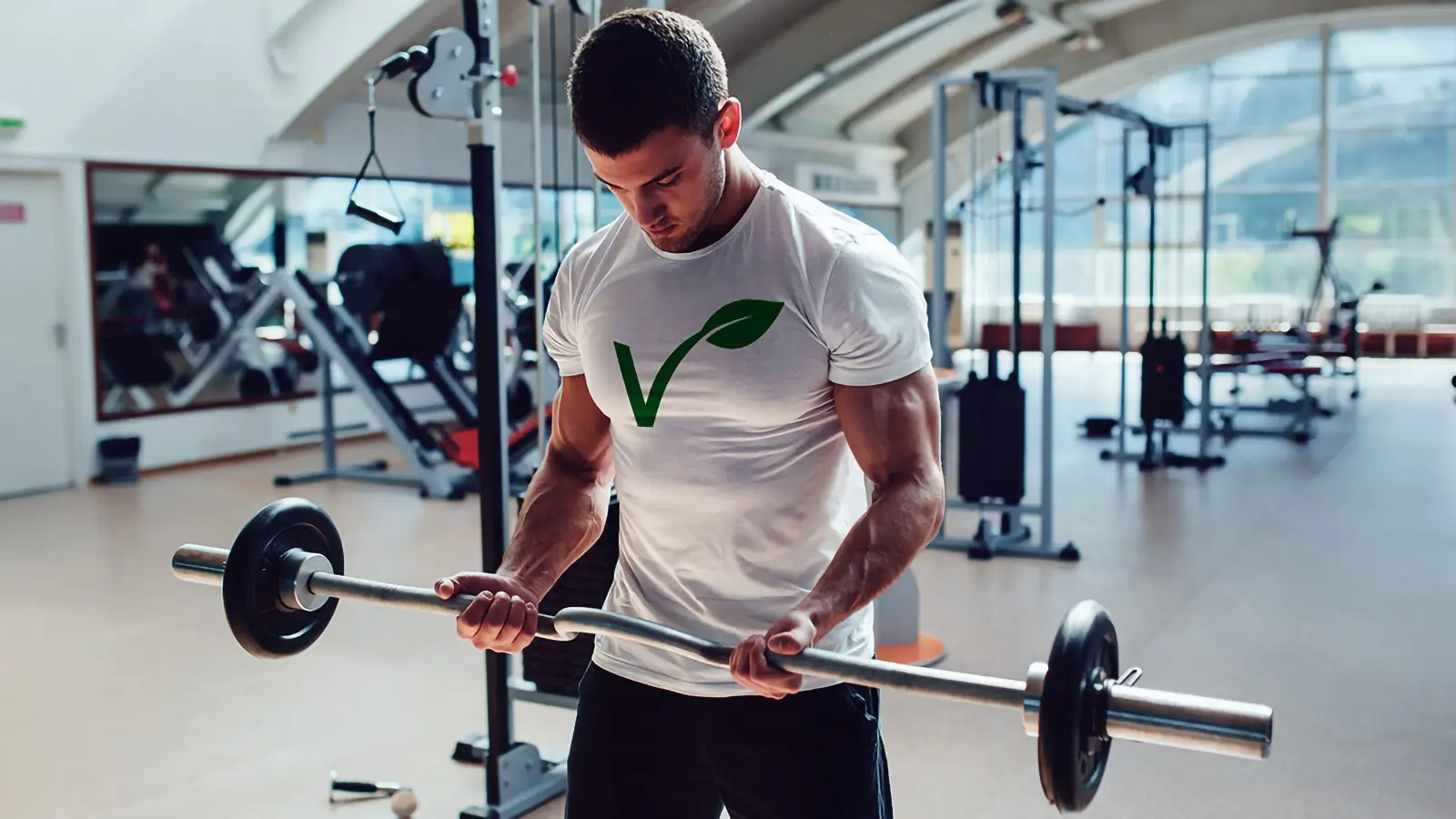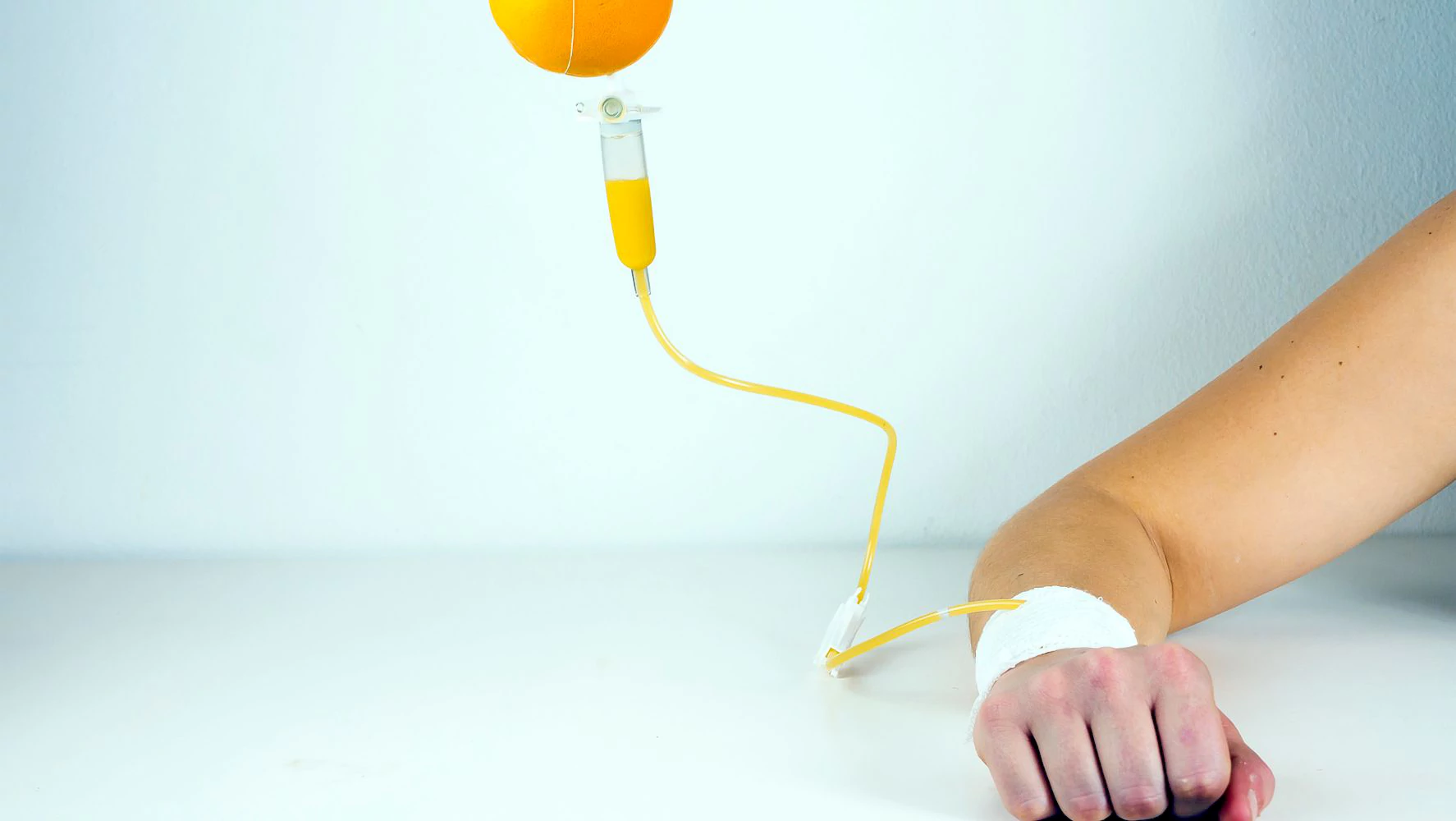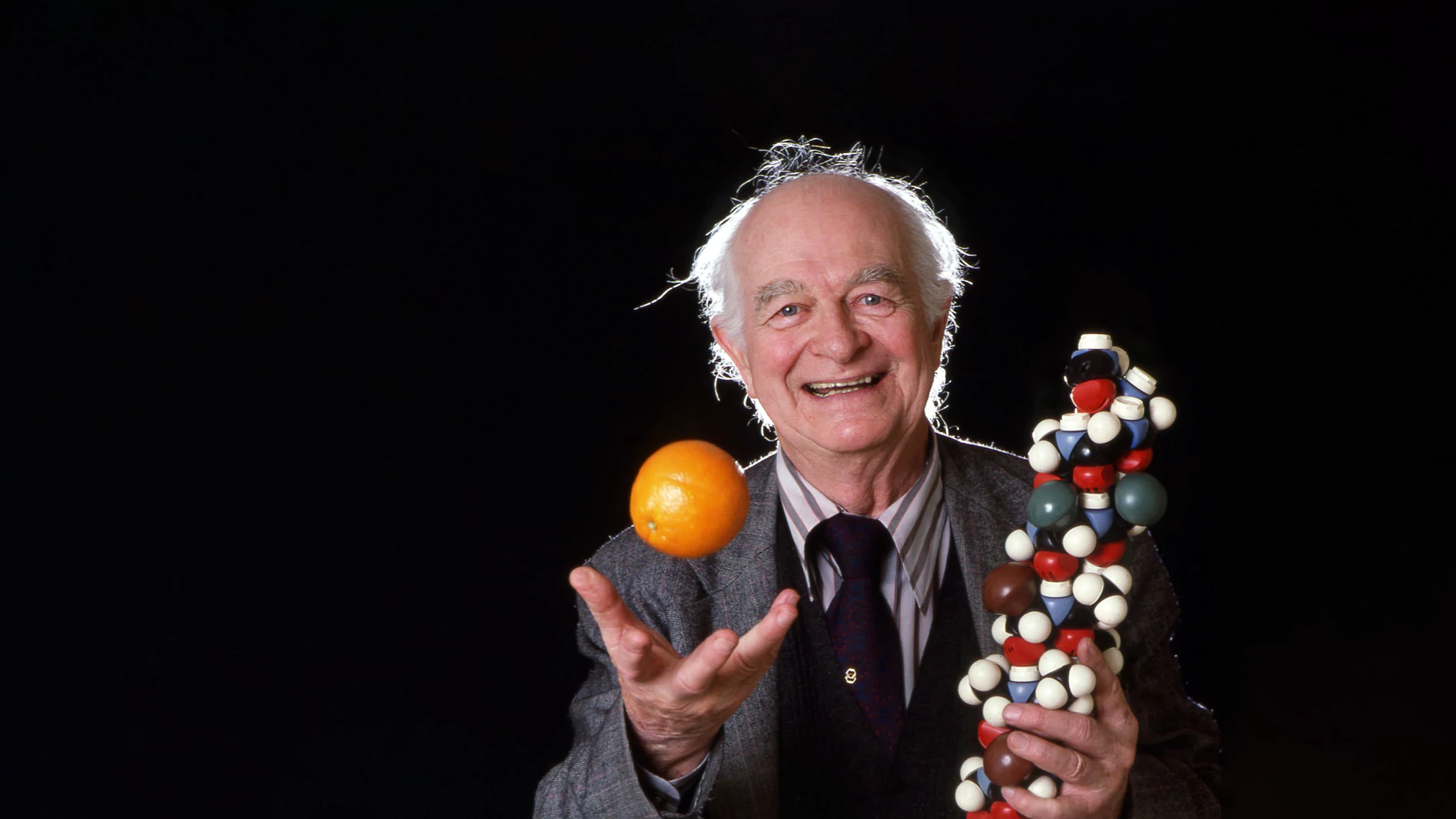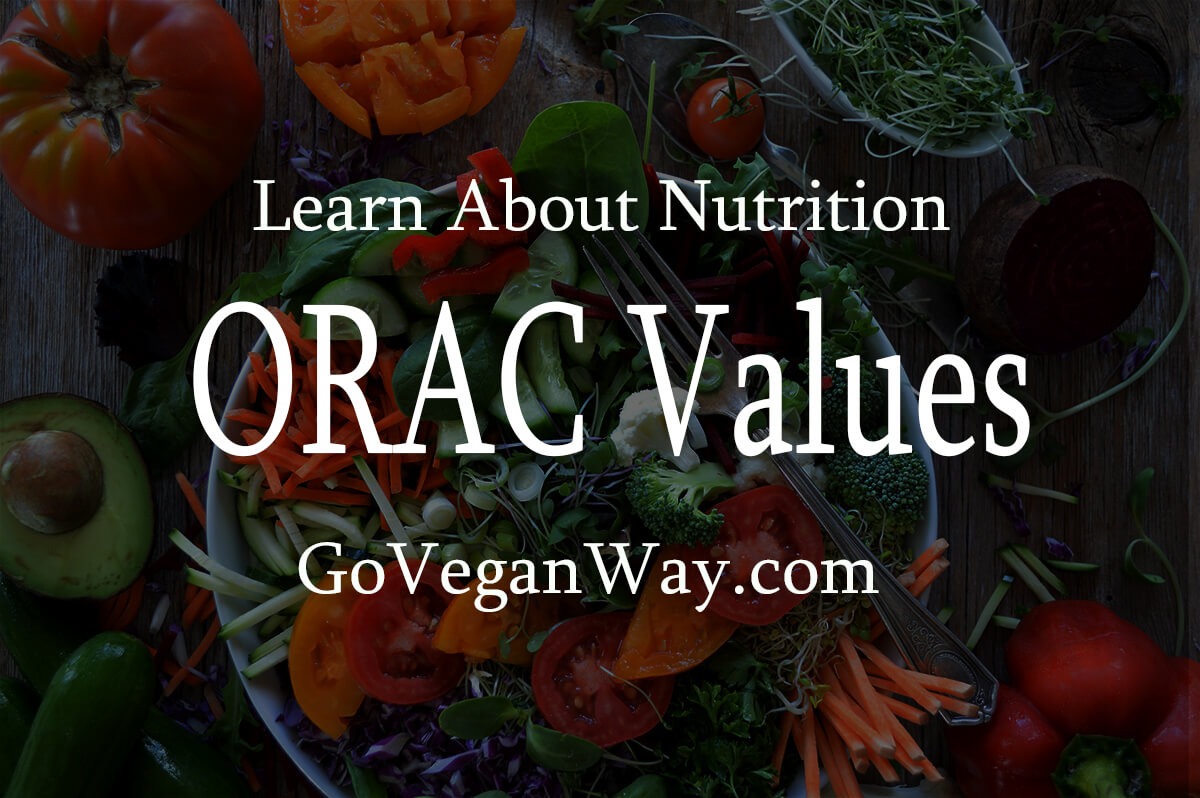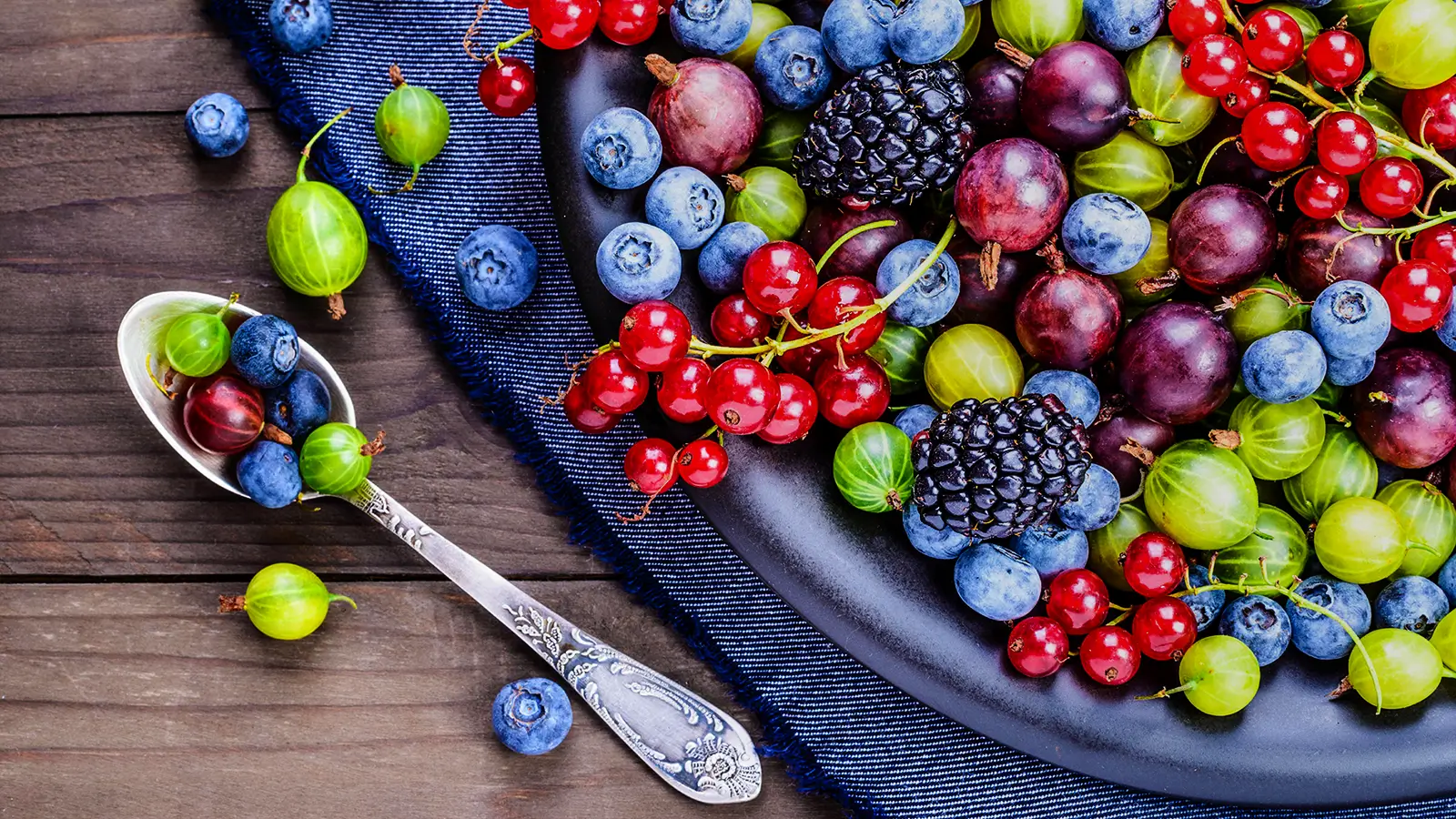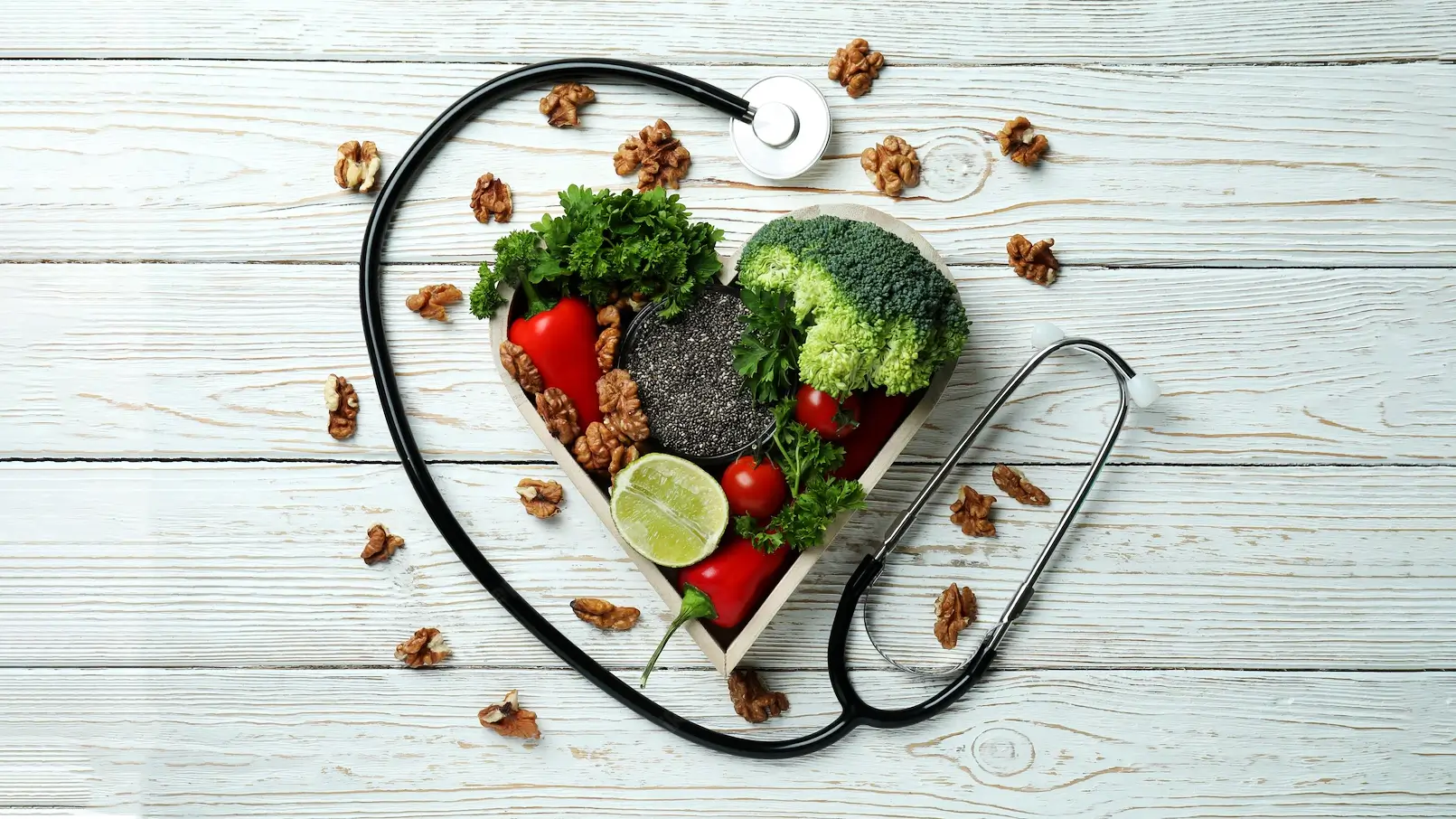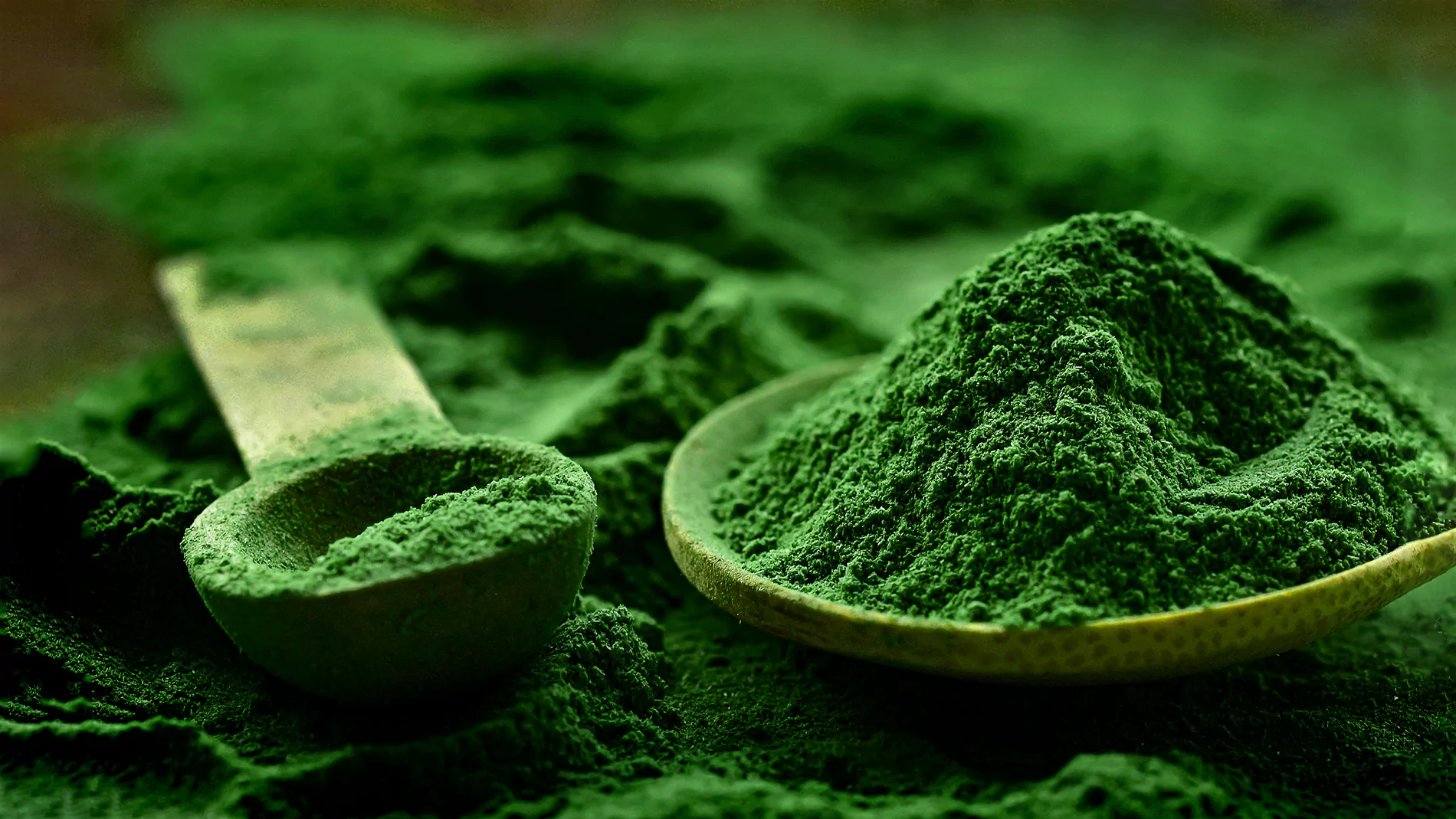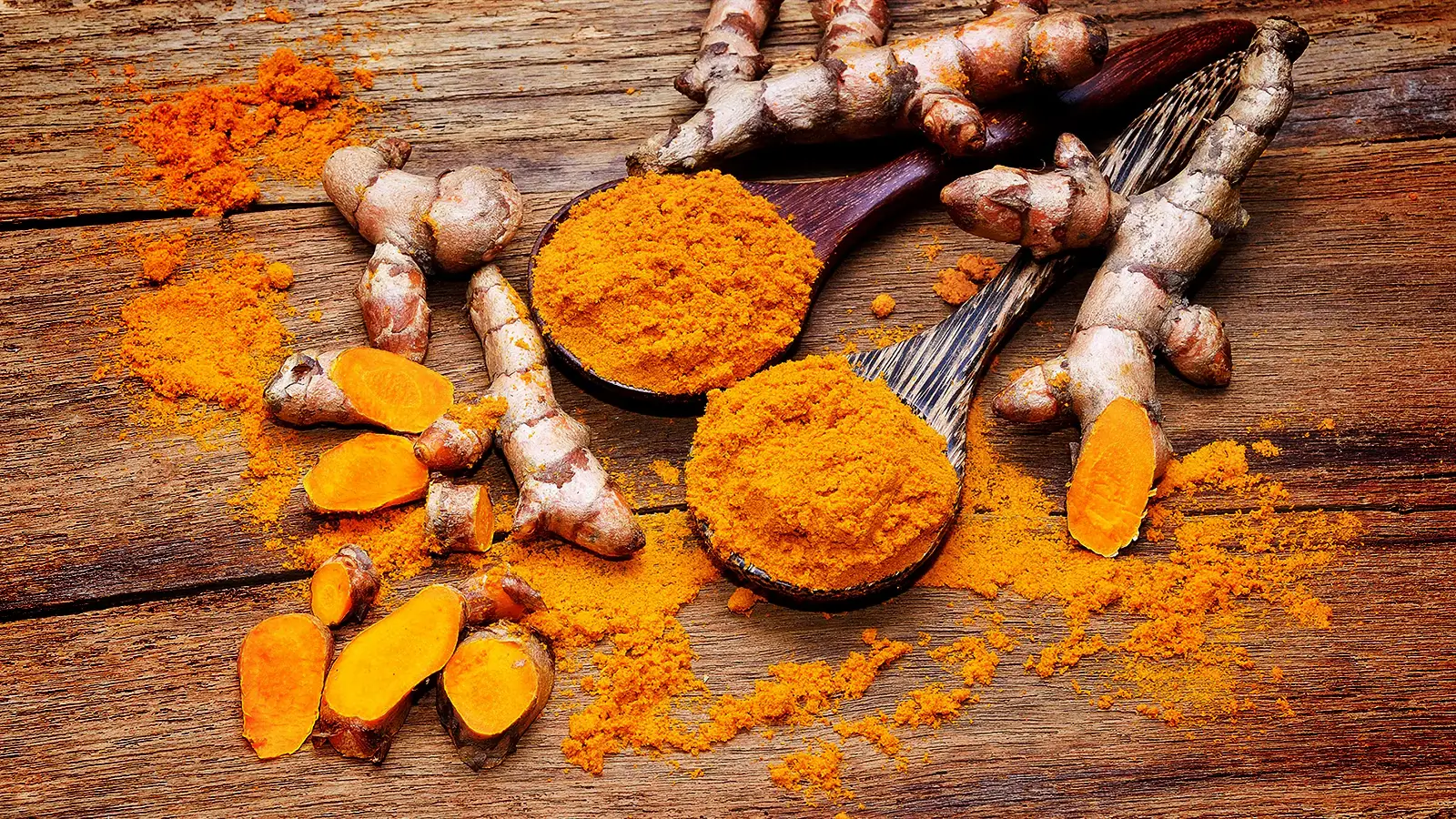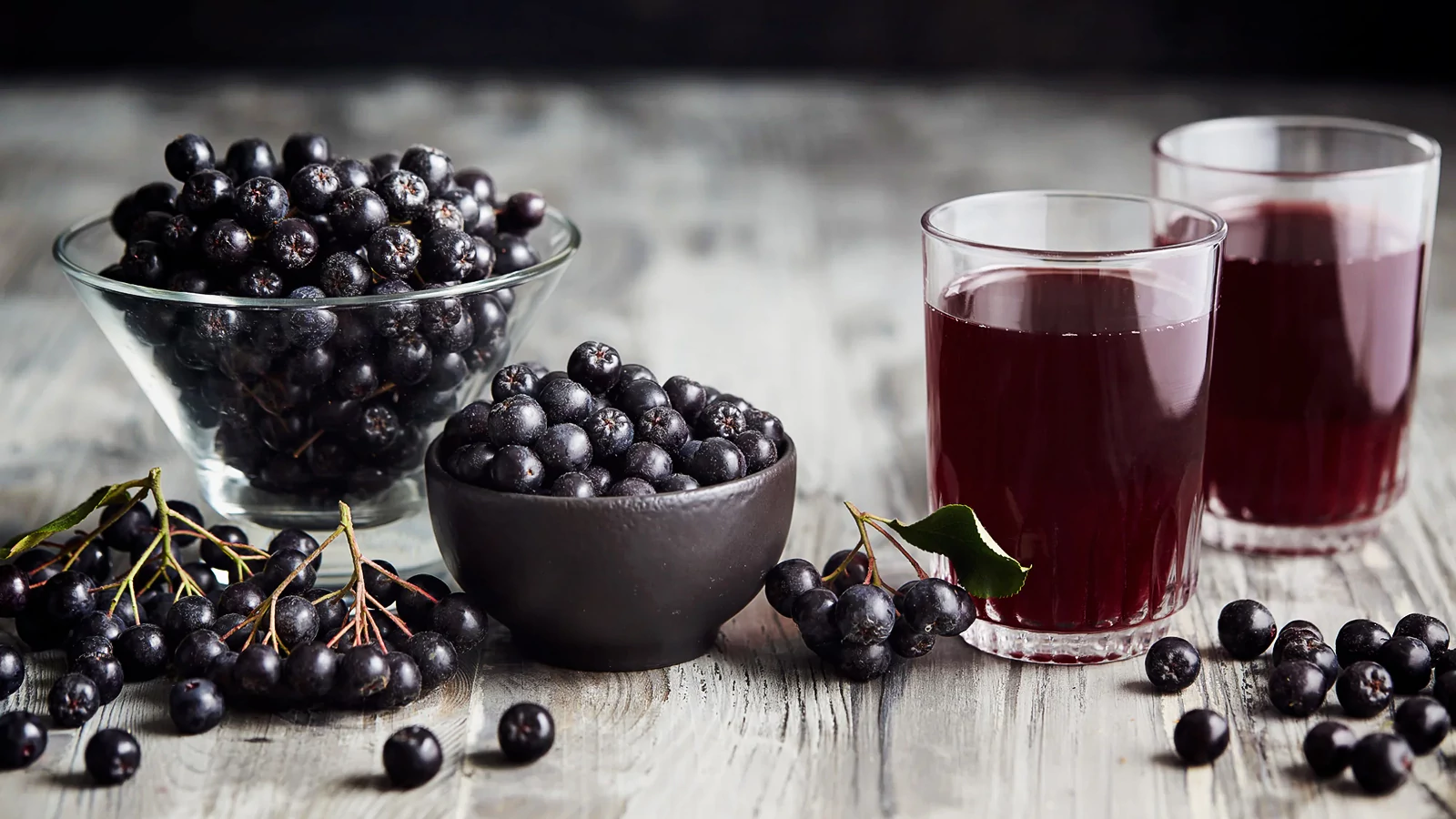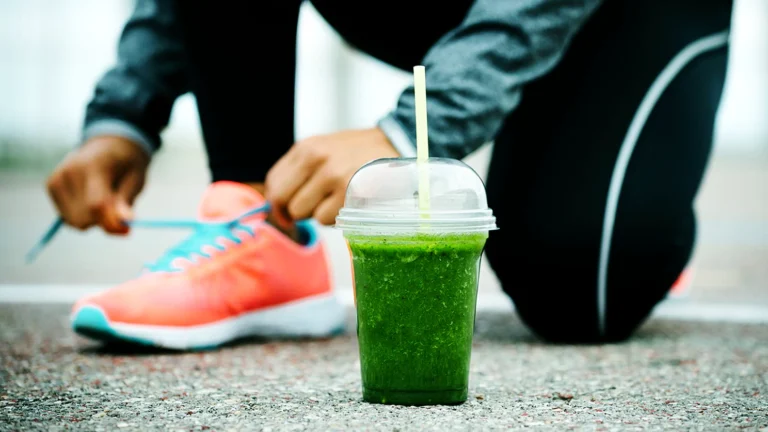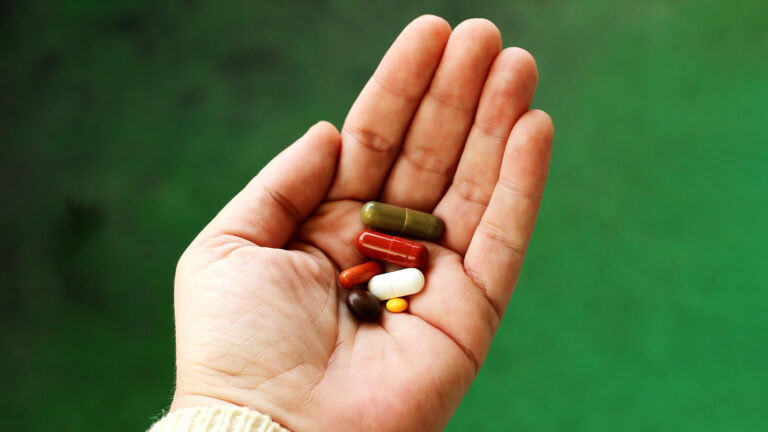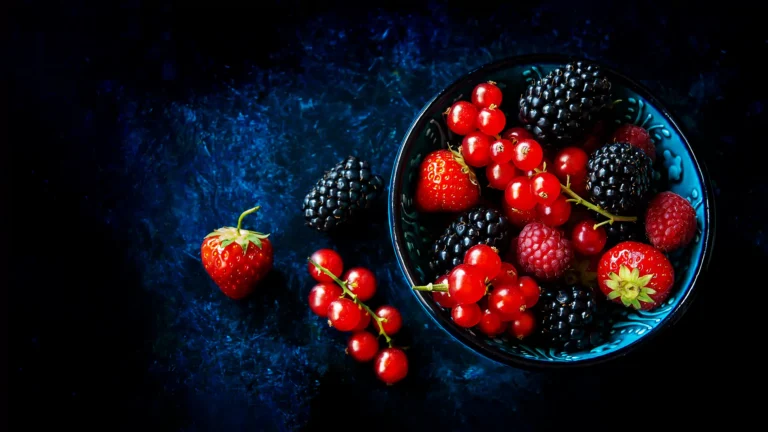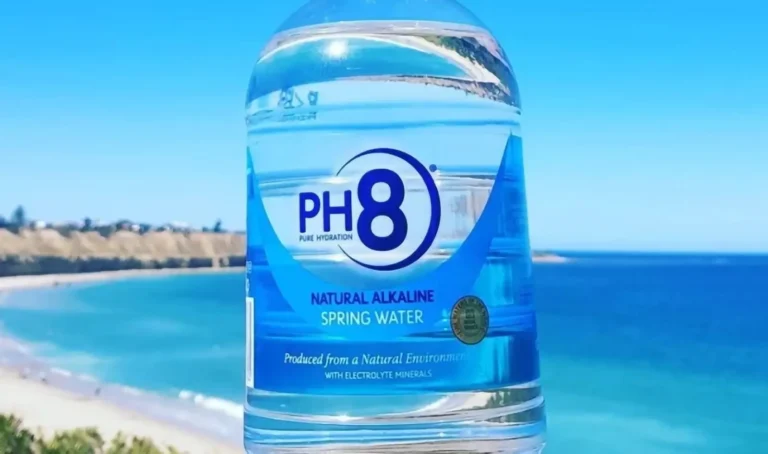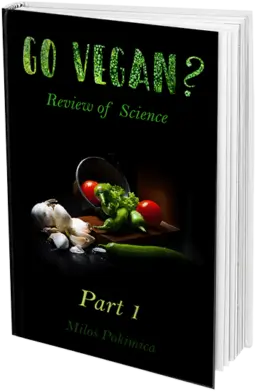Antioxidant Impaired Training Adaptations: Preventing Oxidative Damage in the Muscle
Supplemental antioxidants can block the main benefit of exercise and that is an increase in our own endogenous antioxidant production.
Milos Pokimica
Written By: Milos Pokimica
Medically Reviewed by: Dr. Xiùying Wáng, M.D.
Updated June 10, 2023Key Takeaways:
– When we exercise, there is inflammation due to the overproduction of free radicals. Supplementing with strong antioxidants like astaxanthin has become a strategy for many athletes and health-conscious individuals.
– Preventing oxidative damage in the muscle does not affect positive adaptation from exercise, but unnatural supraphysiological doses of extracted antioxidants or antioxidant supplements can potentially have detrimental impacts on normal physiological function.
– Exercise has been shown to increase the production of antioxidant enzymes over time, and dietary antioxidants have the potential to supplement our own internal defense mechanisms and prevent damage while increasing performance and recovery.
– While one study found that a tablespoon of turmeric had a level of improvement in endothelial function slightly better than rigorous physical exercise, ideally, we should do both as stress triggers our body to adapt and increase the production of internal antioxidant defenses in the long run.
– Moderate amounts of antioxidant-rich food or supplements can supplement our internal defense mechanisms effectively during the recovery period after exercise, without blocking its benefits of increasing internal antioxidant production over time.
– Excessive supplementation of extracted antioxidants or antioxidant supplements can potentially have detrimental impacts on normal physiological function. Thus, it is important to maintain a proper balance to get the most health benefits from exercise.
– Consuming antioxidant-rich whole foods like blueberries, cherries, dark chocolate, and tomato juice can improve athletic performance and reduce muscle damage.
– High doses of antioxidant supplements like vitamins C and E can block positive adaptation to exercise, whole food sources do not have this effect.
– Curcumin and astaxanthin in a whole food extract or supplemental form do not block exercise-induced adaptation but actually boost our own defenses through gene expression that has a different activation pathway than exercise. Additionally, astaxanthin benefits endurance by enhancing fat utilization as an energy source and consequently attenuating muscle glycogen depletion while fighting inflammation to accelerate recovery after exercise.
Exercise and inflammation
When we exercise there is inflammation in the muscles due to the overproduction of free radicals due to the high rate of oxygen consumption. Heavy breathing exists due to the increase in demand for energy. Because of this, protein, lipid, and nucleic molecules can become damaged due to an overproduction of reactive oxygen and nitrogen species. To prevent this supplementing with strong antioxidants like astaxanthin has become a strategy for many professional athletes and active health-conscious individuals.
It was a big debate until studies have been done on the issue does the prevention and lowering of this type of damage negate all benefits from exercise. It was believed that this damage to the muscles is actually what triggers adaptations and muscle growth and all other benefits that we have from exercise.
It is not exercising that is healthy, it is recovery.
It is a concept known as hormesis, where low exposure to the damaging agent in the first phase has a favorable biological response due to the rump-up organism’s immune system followed by higher dose inhibition. Plants that are sprayed with low doses of herbicides that are not enough to kill them have much more phytochemicals in them as a defensive response to the toxin. Or if we consume a high amount of antioxidants before exercise, will we prevent an adaptation response? The theory proposed back in 1999 was that taking excessive amounts of antioxidant-rich foods and antioxidants in the extracted form will interrupt and undermine this adaptation by preventing oxidative damage in the first place. In professional sports, they feared that eating antioxidant-rich food may increase recovery but prevent adaptation and by that prevent the increase in endurance and strength.
In the bodybuilding world, they theorized that people who want to build muscle need to avoid any antioxidant-rich food in excessive amounts or supplements, especially before training in the gym.
Vitamin C and impaired sports performance
Vitamin C has been found to do this in high doses above 1 gram (Braakhuis et al., 2012). It reduced the negative effects of exercise-induced oxidation, including muscle damage, immune dysfunction, and fatigue. But at the same time mediated beneficial training adaptations and impaired sports performance substantially possibly by reducing mitochondrial biogenesis. In some other studies, it didn’t show a negative effect but this just shows how much individual this result is. If you already have high antioxidant consumption adding vitamin C before the exercise will be excessive but if you are a smoker it might not be. There is no clear answer here.
Doses of 200 to 400mg of vitamin C consumed through five or more servings of fruit and vegetables may be sufficient to reduce oxidative stress and provide other health benefits without impairing training adaptations. One beneficial aspect of exercise is an increase in insulin sensitivity and ameliorating type 2 diabetes. In this study researchers tested does a high rate of supplemental antioxidants affect the exercise-induced increase in insulin sensitivity (Ristow et al., 2009). Subjects were on a 4-week exercise regimen and 1 gram of vitamin C and 400 IU of vitamin E daily and then the insulin sensitivity was measured. Also, muscle biopsies were done for gene expression analyses as well as plasma samples. The goal was to compare changes and the potential influence of antioxidant vitamins (vitamins C and E) on exercise effects.
“Exercise increased parameters of insulin sensitivity only in the absence of antioxidants in both previously untrained and pretrained individuals. Molecular mediators of endogenous ROS defense (superoxide dismutases 1 and 2; glutathione peroxidase) were also induced by exercise, and this effect too was blocked by antioxidant supplementation. Consistent with the concept of mitohormesis, exercise-induced oxidative stress ameliorates insulin resistance and causes an adaptive response promoting endogenous antioxidant defense capacity. Supplementation with antioxidants may preclude these health-promoting effects of exercise in humans.
Physical exercise exerts numerous favorable effects on general health and specifically has been shown to improve glucose metabolism in the insulin-resistant state. This effect may be independent of exercise-related changes in body mass. Moreover, physical exercise has been shown to be effective in preventing type 2 diabetes in high-risk individuals and may be even more effective than the most widely used anti-diabetic drug, metformin. These results indicate that antioxidants severely impair the insulin-sensitizing effects of physical exercise as quantified by several measures and that this effect occurs irrespective of previous training status. In the present study, physical exercise resulted in a strongly increased expression of superoxide dismutase 1 and 2 and glutathione peroxidase in previously untrained and previously trained, antioxidant naïve individuals, whereas pretreatment with antioxidants prevented this induction. Similar while less pronounced effects were observed for catalase.
Taken together, we find that antioxidant supplements prevent the induction of molecular regulators of insulin sensitivity and endogenous antioxidant defense by physical exercise. Consistent with the concept of mitohormesis, we propose that transiently increased levels of oxidative stress reflect a potentially health-promoting process at least in regards to prevention of insulin resistance and type 2 diabetes mellitus.“
(Ristow et al., 2009)
Preventing oxidative damage in the muscle
Today this theory is partially accepted. Preventing oxidative damage in the muscle does not affect any positive adaptation we have from exercising if we have a normal intake of antioxidants that are in line with what we have been eating during our evolution. It is exactly the opposite. It speeds up the recovery and increases protein synthesis and increases endurance. If we talk about antioxidants that we get from a whole good source.
But what happens when we take unnatural supraphysiological doses of extracted antioxidants or antioxidant supplements? When we exercise free radicals are formed and our body increases our own antioxidants or in other words, it increases already mention antioxidant enzymes (i.e., superoxide dismutase, catalase, and glutathione peroxidase). In a situation where exercise is too vigorous, however, excessive production of free radicals can overwhelm the endogenous antioxidant defense system, causing a state of oxidative stress. If our own body defense is overrun it will have potentially detrimental impacts on normal physiological function.
Dietary antioxidants have the potential to supplement our own internal defense mechanisms and prevent damage and increase performance and recovery as a result. Exercise has been shown to be protective because it will actually increase the production of these three enzymes in the long run as an adaptive mechanism. The main benefit of all of that running on a treadmill is just antioxidant protection. So, if antioxidants can block the main benefit of exercise and that is increasing our own antioxidant production then consuming some highly antioxidant-rich food can have the same beneficial cardiovascular effects as doing the cardio itself.
Rigorous physical exercise vs tablespoon of turmeric
In one study from Japan (Akazawa et al., 2012), researchers compared rigorous physical exercise with a tablespoon of turmeric effects on endothelial function. Endothelial cells are cells that form a line in the interior surface of blood vessels. Impaired endothelial function is the first sign in the development of cardiovascular diseases and the development of atherosclerosis. It is found in people who smoke or have high blood pressure, diabetes, thrombosis, coronary artery disease, and hypercholesterolemia.
In the study, subjects had to do aerobic exercise training for 8 weeks in the duration of 60 minutes every day or take a teaspoon of turmeric. Both groups improved their endothelial function significantly. The Turmeric group showed a level of improvement even slightly better than the exercise group. So, 60 minutes of exercise is the same as one small tablespoon of turmeric. This, however, doesn’t mean you should stop exercising. There is a wide range of benefits from exercise besides an increase in antioxidant protection that I already wrote about in the first book of the series. Ideally, we should do both. It is the stress that triggers our body to adapt by increasing the production of superoxide dismutase, catalase, and glutathione peroxidase. For example, marathon runners will have an increase in DNA damage during the race but six days later they will actually have much less DNA damage than if they didn’t run at all thanks to the increase in our own body’s internal antioxidant defenses (Mastaloudis et al., 2004). By stressing the body, we reap benefits in the long run.
Whole food source of antioxidants and exercise
Taking antioxidant supplements has the potential to negate this effect. But what about the whole food source of antioxidants? There was a line of studies that looked into the effects of the consumption of high-antioxidant food sources on athletic performance. Anthocyanin flavonoid-rich blueberries, for example, were found to decrease inflammatory muscle damage and sourness, cherries were found to speed up recovery, same with dark chocolate, and tomato juice was found to improve performance level. Antioxidants in fruit, vegetables, and even beans were found to be potent inhibitors of xanthine oxidase activity (Nagao et al., 1999). Xanthine oxidase is the main free radical that is formed during exercise but it is also involved in the pathogenesis of several diseases such as vascular disorders, cancer, and gout.
For example, a single serving of watercress for two months entirely prevents exercise-induced DNA damage (Fogarty et al., 2013). This is well-known in professional sports.
High-level athletes have their diets optimized by nutritional experts in order to increase their performance.
Food that increases endurance and strength and decreases recovery time is in a sense a “holy grail“ of sports nutrition.
But the question still remains, if vitamin C and E in supplemental form block adaptation will the antioxidant-rich food do the same?
There was a line of studies that looked into this question as well. In this study from 2008, the effects of black currant extract consumption on counteracting the positive effects of exercise were examined (Lyall et al., 2009). The result was as expected.
The high antioxidant potency of the anthocyanins-rich blackcurrant extract suppressed exercise-induced oxidative stress. At the same time, it boosted the positive effects of exercise as well. A similar result was obtained in other similar studies. The purpose of this study (Funes et al., 2011) was to determine the effect of moderate antioxidant supplementation (lemon verbena extract) in healthy male volunteers that followed 90 minutes of running eccentric exercise protocol for 21 days. They wanted to see does exercise induced adaptation depends on antioxidant-rich food sources, in this case, lemon verbena extract. The conclusion was:
“Intense running exercise for 21 days induced an antioxidant response in neutrophils of the trained male through the increase of the antioxidant enzymes catalase, glutathione peroxidase, and glutathione reductase. Supplementation with moderate levels of an antioxidant lemon verbena extract did not block this cellular adaptive response and also reduced exercise-induced oxidative damage of proteins and lipids in neutrophils and decreased myeloperoxidase activity. Moreover, lemon verbena supplementation maintained or decreased the level of serum transaminases activity indicating the protection of muscular tissue. Exercise induced a decrease of interleukin-6 and interleukin-1β levels after 21 days measured in basal conditions, which was not inhibited by antioxidant supplementation. Therefore, moderate antioxidant supplementation with lemon verbena extract protects neutrophils against oxidative damage, decreases the signs of muscular damage in chronic running exercise without blocking the cellular adaptation to exercise.“
(Funes et al., 2011)
It protected the muscle, boost performance and recovery, and at the same time did not affect positive adaptation to exercise. Best of both worlds. This is a moderately powerful antioxidant that might not be strong enough to suppress adaptation, but what about something stronger? What about curcumin for example? We already know that one teaspoon of it has the same positive effect on the cardiovascular system as 60 minutes of exercise.
What if you exercise and take curcumin together?
Will it negate the adaptation, it is a very strong antioxidant?
In this study (Sugawara et al., 2012) they measured the effects of curcumin alone, exercise alone, and curcumin plus exercise on arterial function. The positive effect was present in both groups with curcumin showing better results than exercise but when combined the positive effect was more than doubled then each group was put together showing not just that there is no negative effect on exercise adaptation but that there is actually a significant synergistic effect. Curcumin didn’t block the benefit of exercise but enhanced it. They concluded:
“These findings suggest that regular endurance exercise combined with daily curcumin ingestion may reduce LV afterload to a greater extent than monotherapy with either intervention alone in postmenopausal women.“
(Sugawara et al., 2012)
The theory that taking an excessive amount of antioxidant-rich foods and antioxidants in the extracted form will interrupt and undermine this adaptation by preventing oxidative damage is partially correct. When antioxidants are consumed in a whole food way as nature intended there is no undermining of adaptation. Only supplemental antioxidants like vitamin C and vitamin E have shown this effect. Whole food extracts didn’t show this effect. They did block the oxidative damage to the muscles during exercise but did not block positive adaptation afterward.
Astaxanthin
What about extracted astaxanthin in a supplemental form? What would its effects be?
Why vitamin C for example but not curcumin in a whole food way stop our body’s upregulation of antioxidant enzymes is a complicated science. It has to do with the activation of something called (Nrf2) erythroid 2-related factor 2 (Done et al., 2016).
“Nrf2 is the master regulator of antioxidant defenses, a transcription factor that regulates expression of more than 200 genes. Increasing evidence indicates that Nrf2 signaling plays a key role in how oxidative stress mediates the beneficial effects of exercise. Episodic increases in oxidative stress induced through bouts of acute exercise stimulate Nrf2 activation and when applied repeatedly, as with regular exercise, leads to upregulation of endogenous antioxidant defenses and overall greater ability to counteract the damaging effects of oxidative stress.“
(Done et al., 2016)
Research utilizing animal models has identified a potential for astaxanthin to indirectly modulate the endogenous antioxidant defense system such as Nrf2 independently from exercise. It will independently activate our body’s defense mechanism with or without exercise. It is not just a strong universal antioxidant by itself but it also on top of that upregulates our defensive mechanisms independently with or without exercise (Yang et al., 2011).
“Once activated, the Nrf2–ARE signaling pathway initiates the transcription of several genes and enzymes capable of upregulating our own antioxidant response to an oxidative stressor, potentially implicating Nrf2 in the beneficial effects of exercise. Similarly, phytochemicals can also stimulate the activation of the Nrf2–ARE pathway, a process that may occur through the modification of different cysteine residues to those targeted through exercise, suggesting a potential synergism between exercise and phytochemicals in the upregulation of antioxidant defense. Although a specific mechanism of action has yet to be elucidated, research conducted in animal models reports increases in Nrf2 expression, alongside the upregulation of endogenous antioxidant enzymes, including superoxide dismutase, catalase, and glutathione peroxidase, following astaxanthin administration“ .
(Brown et al., 2017)
Astaxanthin, curcumin, whole food, and whole-food extras do not block exercise-induced adaptation but actually independently boost our own defenses through gene expression that has a different activation pathway than exercise.
Only supplemental vitamin C and vitamin E block adaptation.
On top of boosting our own defense and being an extremely potent antioxidant just by itself, astaxanthin boosts endurance, strength, and recovery. When we start to exercise our body would start to use stored sugar (glycogen) reserves for energy. Both the liver and muscles store glycogen. If exercise is prolonged all of the glycogen stores will be utilized. If we want to increase endurance by delaying fatigue onset, we will have to find a method aimed at attenuating this depletion. When sugar is depleted our body will start to use fat as an energy source but that process is much slower than using just stored glycogen. The breakdown of fat is dependent upon the entry of long-chain fatty acids into the mitochondria to be burned as energy. This process is done by using the mitochondrial CPT1 regulatory enzyme. During exercise, free radical induced oxidative damage to this enzyme can alter its function, blocking the transportation of fatty acids and consequently limiting the ability for fats to be oxidized as a viable energy source.
Astaxanthin as an oil-soluble antioxidant is known to accumulate in the mitochondrial membrane and provide protection against free radical induced damage to CPT1 function (Aoi et al., 2008). It has, therefore, been hypothesized that through its function as an antioxidant, astaxanthin could protect CPT1 against oxidative damage, causing an indirect enhancement of fat metabolism in the process.
In research, it was proven that astaxanthin benefits endurance by enhancing fat utilization as an energy source and consequently attenuating muscle glycogen depletion (Ikeuchi et al., 2006). Besides increasing endurance in this study astaxanthin also significantly decreased fat accumulation.
It is a good supplement for increasing fat utilization which means it is good for dieting and obesity and diabetes. Also, by increasing fat utilization, we will feel less hungry, have better control of our appetite, and don’t have low blood sugar during dieting as well. Also, increased utilization of fat means a decrease in the utilization of muscle tissue and catabolism during dieting. Bodybuilders should love this supplement. In human trials, a similar enhancement of physical performance was reported. In amateur male cyclists, 4 weeks of astaxanthin supplementation (4 mg/day) significantly improved 20 km cycling time (Earnest et al., 2011). After the exercise, there is soreness or in other words inflammation cascade. Astaxanthin is excellent for fighting inflammation. If recovery is inadequate following exercise, it may prevent recreationally active individuals and athletes from training again. Inadequate recovery may also increase risks of injury, illness, and overtraining. As a result, there are different strategies that can reduce the negative effect of exercise-induced muscle damage and accelerate recovery.
Astaxanthin could exert a recovery benefit through the inhibition of both pro-oxidant and pro-inflammatory intermediates.
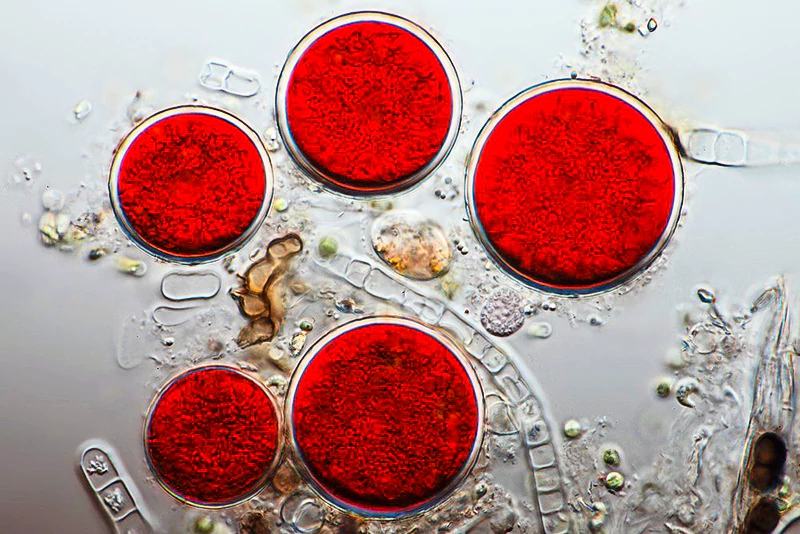
Astaxanthin supplementation (4 mg/day) was suggested to augment these reductions further, while also exerting a secondary anti-inflammatory effect through attenuating training-induced increases in serum C-reactive protein and total leukocyte and neutrophil counts (Baralic et al., 2015). As a sports supplement astaxanthin has more benefits. It increases endurance and strength, enhances fat utilization, and supports recovery but it is also good for boosting testosterone levels as well.
On top of this, astaxanthin increases protein synthesis. In this study (Kawamura et al., 2020) the researchers wanted to measure the impact of different antioxidants on building skeletal muscle mass and protein synthesis or in other words muscle hypertrophy. To induce atrophy in the muscle one leg of each mouse was cast for 3 weeks. After removal of the cast, the mice were fed a diet for 2 weeks with supplemental β-carotene, astaxanthin, resveratrol, and all three antioxidants combined. The weight of the soleus muscle was increased in all groups to a greater extent than in the control group with the highest increase in the mixed group. This study concludes that antioxidants are a good way to go if you want to build muscle. Nonetheless, an increase in protein synthesis is far from what anabolic steroids would do so don’t expect magic.
If you decide to take this supplement how much should you take? There is no clear answer. Major athletes use a minimum, and this is a bare minimum for them, of 16 mg per day. In some cases, for example, marathon runner dosages can go up high to 200 mg before an event. The half-life of astaxanthin in the plasma is approximately 16 h after oral administration so they will overdose before running to increase their endurance during the entire run.
More is usually better when we talk about antioxidant consumption from whole food sources. In supplemental form, some benefits will start as low as 4mg a day. Depending on your general quality of the diet this can be a potential starting point but the most common dose is 12mg a day. You can go safely much higher than this. If you go with higher doses not all of the astaxanthin will be utilized but it would not be excreted as well. Keep in mind that this molecule is fat-soluble and that it accumulates. The higher you go the more astaxanthin will accumulate in the tissues. Half-life is about 16 hours with a peak concentration in the blood of around 10 hours.
In wild salmon, astaxanthin tissue concentration can go as high as 40mg/kg. For 80kg human that will translate into 3200mg. If you take 12mg a day that means you will go to this level of wild salmon concentration in 267 days if your body doesn’t utilize any of the ingested astaxanthin and that is not the case.
Conclusion:
- Exercise creates inflammation in the muscles due to the overproduction of free radicals.
- It is not exercising that is healthy, it is recovery.
- Exercise increases the endogenous production of three antioxidant enzymes (superoxide dismutase 1 and 2 and glutathione peroxidase ) in the long run as an adaptive mechanism.
- Antioxidant supplements reduce the negative effects of exercise-induced oxidation, including muscle damage, immune dysfunction, and fatigue.
- Antioxidant supplements prevent the induction of endogenous antioxidant defense by physical exercise.
- Antioxidant supplements prevent the induction of molecular regulators of insulin sensitivity.
- Vitamin C has been found to mediate beneficial training adaptations in high doses above 1 gram.
- In a situation where exercise is too vigorous excessive production of free radicals can overwhelm the endogenous antioxidant defense system.
- When antioxidants are consumed in a whole-food way there is no undermining of adaptation. Only supplemental antioxidants like vitamin C and vitamin E have shown this effect.
- Dietary antioxidants have the potential to supplement our internal defense mechanisms and prevent damage and increase performance and recovery as a result.
- Highly antioxidant-rich food can have the same beneficial cardiovascular effects as doing the cardio itself (60 minutes of exercise is the same as one small tablespoon of turmeric).
- Antioxidants in fruit, vegetables, and even beans were found to be potent inhibitors of xanthine oxidase activity.
- Astaxanthin indirectly modulates the endogenous antioxidant defense system such as Nrf2 independently from exercise. It will independently activate our body’s defense mechanism with or without exercise.
- Astaxanthin, curcumin, whole food, and whole-food extras do not block exercise-induced adaptation but independently boost our defenses through gene expression that has a different activation pathway than exercise.
- Astaxanthin benefits endurance by enhancing fat utilization as an energy source and consequently attenuating muscle glycogen depletion.
- Antioxidants independent of other factors increase protein synthesis or in other words muscle hypertrophy in skeletal muscles.
- More is usually better when we talk about antioxidant consumption from whole food sources.
FAQ
References:
Passages selected from a book: Passages selected from a book: Pokimica, Milos. Go Vegan? Review of Science Part 3. Kindle ed., Amazon, 2020.
- Braakhuis A. J. (2012). Effect of vitamin C supplements on physical performance. Current sports medicine reports, 11(4), 180–184. https://doi.org/10.1249/JSR.0b013e31825e19cd
- Ristow, M., Zarse, K., Oberbach, A., Klöting, N., Birringer, M., Kiehntopf, M., Stumvoll, M., Kahn, C. R., & Blüher, M. (2009). Antioxidants prevent health-promoting effects of physical exercise in humans. Proceedings of the National Academy of Sciences of the United States of America, 106(21), 8665–8670. https://doi.org/10.1073/pnas.0903485106
- Akazawa, N., Choi, Y., Miyaki, A., Tanabe, Y., Sugawara, J., Ajisaka, R., & Maeda, S. (2012). Curcumin ingestion and exercise training improve vascular endothelial function in postmenopausal women. Nutrition research (New York, N.Y.), 32(10), 795–799. https://doi.org/10.1016/j.nutres.2012.09.002
- Mastaloudis, A., Yu, T. W., O’Donnell, R. P., Frei, B., Dashwood, R. H., & Traber, M. G. (2004). Endurance exercise results in DNA damage as detected by the comet assay. Free radical biology & medicine, 36(8), 966–975. https://doi.org/10.1016/j.freeradbiomed.2004.01.012
- Nagao, A., Seki, M., & Kobayashi, H. (1999). Inhibition of xanthine oxidase by flavonoids. Bioscience, biotechnology, and biochemistry, 63(10), 1787–1790. https://doi.org/10.1271/bbb.63.1787
- Fogarty, M. C., Hughes, C. M., Burke, G., Brown, J. C., & Davison, G. W. (2013). Acute and chronic watercress supplementation attenuates exercise-induced peripheral mononuclear cell DNA damage and lipid peroxidation. The British journal of nutrition, 109(2), 293–301. https://doi.org/10.1017/S0007114512000992
- Lyall, K. A., Hurst, S. M., Cooney, J., Jensen, D., Lo, K., Hurst, R. D., & Stevenson, L. M. (2009). Short-term blackcurrant extract consumption modulates exercise-induced oxidative stress and lipopolysaccharide-stimulated inflammatory responses. American journal of physiology. Regulatory, integrative and comparative physiology, 297(1), R70–R81. https://doi.org/10.1152/ajpregu.90740.2008
- Funes, L., Carrera-Quintanar, L., Cerdán-Calero, M., Ferrer, M. D., Drobnic, F., Pons, A., Roche, E., & Micol, V. (2011). Effect of lemon verbena supplementation on muscular damage markers, proinflammatory cytokines release and neutrophils’ oxidative stress in chronic exercise. European journal of applied physiology, 111(4), 695–705. https://doi.org/10.1007/s00421-010-1684-3
- Sugawara, J., Akazawa, N., Miyaki, A., Choi, Y., Tanabe, Y., Imai, T., & Maeda, S. (2012). Effect of endurance exercise training and curcumin intake on central arterial hemodynamics in postmenopausal women: pilot study. American journal of hypertension, 25(6), 651–656. https://doi.org/10.1038/ajh.2012.24
- Done, A. J., & Traustadóttir, T. (2016). Nrf2 mediates redox adaptations to exercise. Redox biology, 10, 191–199. https://doi.org/10.1016/j.redox.2016.10.003
- Yang, Y., Seo, J. M., Nguyen, A., Pham, T. X., Park, H. J., Park, Y., Kim, B., Bruno, R. S., & Lee, J. (2011). Astaxanthin-rich extract from the green alga Haematococcus pluvialis lowers plasma lipid concentrations and enhances antioxidant defense in apolipoprotein E knockout mice. The Journal of nutrition, 141(9), 1611–1617. https://doi.org/10.3945/jn.111.142109
- Brown, D. R., Gough, L. A., Deb, S. K., Sparks, S. A., & McNaughton, L. R. (2017). Astaxanthin in Exercise Metabolism, Performance and Recovery: A Review. Frontiers in Nutrition, 4. https://doi.org/10.3389/fnut.2017.00076
- Aoi, W., Naito, Y., Takanami, Y., Ishii, T., Kawai, Y., Akagiri, S., Kato, Y., Osawa, T., & Yoshikawa, T. (2008). Astaxanthin improves muscle lipid metabolism in exercise via inhibitory effect of oxidative CPT I modification. Biochemical and biophysical research communications, 366(4), 892–897. https://doi.org/10.1016/j.bbrc.2007.12.019
- Ikeuchi, M., Koyama, T., Takahashi, J., & Yazawa, K. (2006). Effects of astaxanthin supplementation on exercise-induced fatigue in mice. Biological & pharmaceutical bulletin, 29(10), 2106–2110. https://doi.org/10.1248/bpb.29.2106
- Earnest, C. P., Lupo, M., White, K. M., & Church, T. S. (2011). Effect of astaxanthin on cycling time trial performance. International journal of sports medicine, 32(11), 882–888. https://doi.org/10.1055/s-0031-1280779
- Baralic, I., Andjelkovic, M., Djordjevic, B., Dikic, N., Radivojevic, N., Suzin-Zivkovic, V., Radojevic-Skodric, S., & Pejic, S. (2015). Effect of Astaxanthin Supplementation on Salivary IgA, Oxidative Stress, and Inflammation in Young Soccer Players. Evidence-based complementary and alternative medicine : eCAM, 2015, 783761. https://doi.org/10.1155/2015/783761
- Kawamura, A., Aoi, W., Abe, R., Kobayashi, Y., Wada, S., Kuwahata, M., & Higashi, A. (2020). Combined intake of astaxanthin, β-carotene, and resveratrol elevates protein synthesis during muscle hypertrophy in mice. Nutrition (Burbank, Los Angeles County, Calif.), 69, 110561. https://doi.org/10.1016/j.nut.2019.110561
Related Posts
Do you have any questions about nutrition and health?
I would love to hear from you and answer them in my next post. I appreciate your input and opinion and I look forward to hearing from you soon. I also invite you to follow us on Facebook, Instagram, and Pinterest for more diet, nutrition, and health content. You can leave a comment there and connect with other health enthusiasts, share your tips and experiences, and get support and encouragement from our team and community.
I hope that this post was informative and enjoyable for you and that you are prepared to apply the insights you learned. If you found this post helpful, please share it with your friends and family who might also benefit from it. You never know who might need some guidance and support on their health journey.
– You Might Also Like –

Learn About Nutrition
Milos Pokimica is a doctor of natural medicine, clinical nutritionist, medical health and nutrition writer, and nutritional science advisor. Author of the book series Go Vegan? Review of Science, he also operates the natural health website GoVeganWay.com
Medical Disclaimer
GoVeganWay.com brings you reviews of the latest nutrition and health-related research. The information provided represents the personal opinion of the author and is not intended nor implied to be a substitute for professional medical advice, diagnosis, or treatment. The information provided is for informational purposes only and is not intended to serve as a substitute for the consultation, diagnosis, and/or medical treatment of a qualified physician or healthcare provider.NEVER DISREGARD PROFESSIONAL MEDICAL ADVICE OR DELAY SEEKING MEDICAL TREATMENT BECAUSE OF SOMETHING YOU HAVE READ ON OR ACCESSED THROUGH GoVeganWay.com
NEVER APPLY ANY LIFESTYLE CHANGES OR ANY CHANGES AT ALL AS A CONSEQUENCE OF SOMETHING YOU HAVE READ IN GoVeganWay.com BEFORE CONSULTING LICENCED MEDICAL PRACTITIONER.
In the event of a medical emergency, call a doctor or 911 immediately. GoVeganWay.com does not recommend or endorse any specific groups, organizations, tests, physicians, products, procedures, opinions, or other information that may be mentioned inside.
Editor Picks –
Milos Pokimica is a doctor of natural medicine, clinical nutritionist, medical health and nutrition writer, and nutritional science advisor. Author of the book series Go Vegan? Review of Science, he also operates the natural health website GoVeganWay.com
Latest Articles –
Plant Based News
-
Saffron Green Bean Rice
on June 29, 2025
-
Tomato Choka Salad With Chickpea Tofu
on June 29, 2025
-
How To Make This ‘Always A Winner’ Vegan Sandwich
on June 29, 2025
-
5-Ingredient Coconut And Squash Traybake
on June 29, 2025
-
Lidl Launches Round BN-Style Vegan Biscuits
on June 28, 2025
-
Vegan Mushroom Calzone
on June 28, 2025
-
10 Vegan Warm Salad Recipes
on June 28, 2025
Top Health News — ScienceDaily
- A tiny implant just helped paralyzed rats walk again—is human recovery next?on June 28, 2025
A groundbreaking study from the University of Auckland and Chalmers University of Technology is offering new hope for spinal cord injury patients. Researchers have developed an ultra-thin implant that delivers gentle electric currents directly to the injured spinal cord. This device mimics natural developmental signals to stimulate nerve healing, and in animal trials, it restored movement and touch sensation in rats—without causing inflammation or damage.
- Scientists turn beer yeast into mini factories for smart drugson June 28, 2025
A team of researchers has turned ordinary yeast into tiny, glowing drug factories, creating and testing billions of peptide-based compounds in record time. This green-tech breakthrough could fast-track safer, more precise medicines and reshape the future of pharma.
- Candy colors, THC inside: How cannabis edibles are tricking teen brainson June 28, 2025
Teens are being misled by cannabis edibles dressed up like health foods. Bright colors, fruit imagery, and words like vegan make these products look fun, natural, and safe even when they re not. A WSU study warns that this could increase the risk of underage use and urges new packaging rules based on what actually appeals to teens.
- Why asthma often comes back—even with powerful drugson June 27, 2025
Biological drugs have been a game-changer for people with severe asthma, helping them breathe easier and live more comfortably. But researchers at Karolinska Institutet have uncovered a surprising twist: while these treatments ease symptoms, they may not fully eliminate the immune cells that drive inflammation. In fact, some of these cells actually increase during treatment, suggesting the medication is managing symptoms without targeting the root cause. This could explain why asthma often […]
- Parkinson’s may begin decades earlier — and your immune system might know firston June 27, 2025
Misbehaving T cells light up long before Parkinson’s symptoms show, zeroing in on vulnerable brain proteins. Their early surge could double as an alarm bell and a target for stop-it-early treatments.
- AI sees what doctors miss: Fatty liver disease hidden in chest x-rayson June 27, 2025
Researchers in Japan created an AI that can detect fatty liver disease from ordinary chest X-rays—an unexpected and low-cost method that could transform early diagnosis. The model proved highly accurate and may offer a fast, affordable way to flag this silent but serious condition.
- Acid-busting diet triggers 13-pound weight loss in just 16 weekson June 26, 2025
Swap steaks for spinach and you might watch the scale plummet. In a 16-week crossover study, overweight adults who ditched animal products for a low-fat vegan menu saw their bodies become less acidic and dropped an average of 13 pounds—while the Mediterranean diet left weight unchanged. Researchers link the shift to lower “dietary acid load,” a hidden inflammation trigger driven by meat, eggs, and cheese.
PubMed, #vegan-diet –
- Micronutrient intake and nutritional status in 16-to-24-year-olds adhering to vegan, lacto-ovo-vegetarian, pescatarian or omnivorous diets in Swedenon June 26, 2025
CONCLUSION: Youth, regardless of dietary practice, need support to ensure adequate micronutrient intakes, particularly for vitamin D and selenium. Further research is required to evaluate iodine nutrition in Swedish youth.
- Dietary Patterns and Sustainable Lifestyles: A Multicenter Study from Latin America and Spainon June 26, 2025
Food systems interact through multiple dimensions including food security, nutrition, and planetary health. This study aims to associate different dietary patterns with sustainable lifestyles in Latin America and Spain. This was an observational, analytical, multicenter, cross-sectional survey study, with a total of 6412 participants. A self-administered questionnaire was developed in an online format in the Google Docs interface. The questionnaire was divided into sections: (1) […]
- Integrating comparative genomics and risk classification by assessing virulence, antimicrobial resistance, and plasmid spread in microbial communities with gSpreadCompon June 26, 2025
CONCLUSIONS: The gSpreadComp workflow aims to facilitate hypothesis generation for targeted experimental validations by the identification of concerning resistant hotspots in complex microbial datasets. Our study raises attention to a more thorough study of the critical role of diet in microbial community dynamics and the spread of AMR. This research underscores the importance of integrating genomic data into public health strategies to combat AMR. The gSpreadComp workflow is available at…
- Validation and adaptation of a Turkish version of the dietarian identity questionnaireon June 25, 2025
Dietarian identity reflects an individual’s cognitive, emotional, and behavioral orientation toward the consumption or avoidance of animal-based foods, including red meat, poultry, fish, eggs, and dairy. This study aimed to adapt and validate the Dietarian Identity Questionnaire (DIQ) for Turkish-speaking populations by establishing its cultural and linguistic suitability and examining dietarian identity profiles among different dietary patterns. The DIQ was adapted into Turkish and […]
- Planting Rights and Feeding Freedom: Navigating the Right to a Vegan Diet in Hospitals and Prisonson June 20, 2025
The legal recognition of veganism highlights the evolving landscape of dietary choices and their status under human rights law. This paper examines the legal status of vegan diets under the European Convention on Human Rights (ECHR), focusing on public institutions such as prisons and hospitals. By analyzing the first relevant cases before the European Court of Human Rights, it explores the protection of vegan diets under Articles 9 (freedom of thought, conscience, and religion) and 14…
Random Posts –
Featured Posts –

Latest from PubMed, #plant-based diet –
- Adherence to Mediterranean Diet and Implications for Cardiovascular Risk Preventionby Giulia Frank on June 27, 2025
Background/Objectives:Arterial hypertension, increased carotid intima-media thickness (cIMT), and arterial stiffness (AS) are recognized predictors of cardiovascular disease (CVD). Emerging evidence suggests that vascular remodeling may precede the full development of hypertension. Furthermore, body mass index (BMI), fat mass percentage (FM%), and visceral adipose tissue (VAT), are significant risk factors for cardiovascular events. Conversely, adherence to the Mediterranean diet is […]
- Fermented Fruits, Vegetables, and Legumes in Metabolic Syndrome: From Traditional Use to Functional Foods and Medical Applicationsby Karolina Bernacka on June 27, 2025
Fermentation has been used for centuries to preserve food and to obtain products with new, attractive sensory characteristics. Fermented products are a source of dietary fiber, vitamins, bioactive compounds, and probiotic bacteria with health-promoting properties. This review provides a comprehensive overview of the effects of fermented fruits, vegetables, and legumes on metabolic disturbances characterizing metabolic syndrome (MetS). Furthermore, the chemical composition, microbial […]
- Dos and Don’ts in Kidney Nutrition: Practical Considerations of a Panel of Experts on Protein Restriction and Plant-Based Diets for Patients Living with Chronic Kidney Diseaseby Massimo Torreggiani on June 27, 2025
Dietary management is a pillar of chronic kidney disease (CKD) treatment. While some rules are the same as dietary prescriptions for the general population and those suffering from other chronic diseases (energy intake, salt intake, avoidance of ultra-processed food and limited intake of animal fats), in non-dialysis-dependent patients living with CKD, the specific focus is on protein intake. Low-protein diets (LPDs) and supplemented very low protein diets (sVLPDs) have been successfully…
- Effects of Pork Protein Ingestion Prior to and Following Performing the Army Combat Fitness Test on Markers of Catabolism, Inflammation, and Recoveryby Drew E Gonzalez on June 27, 2025
Tactical athletes and military personnel engaged in intense exercise need to consume enough quality protein in their diet to maintain protein balance and promote recovery. Plant-based protein sources contain fewer essential amino acids (EAAs), while pork loin contains a higher concentration of EAAs and creatine than most other animal protein sources. This study aimed to determine whether the ingestion of plant-based or pork-based military-style meals ready-to-eat (MREs) affects recovery from […]
- Mediterranean Diet, Obesity-Related Metabolic Cardiovascular Disorders, and Environmental Sustainability: A Systematic Reviewby Sergio Rodríguez Núñez on June 27, 2025
INTRODUCTION: This article aims to provide an updated overview of the scientific knowledge regarding the interplay between the Mediterranean diet (MedD), sustainability, and cardiovascular and metabolic health.
- Employing Nutrition to Delay Aging: A Plant-Based Telomere-Friendly Dietary Revolutionby Joanna Polom on June 27, 2025
Telomere attrition is a hallmark of cellular aging, influenced by oxidative stress, chronic inflammation, and metabolic dysregulation. Emerging evidence suggests that dietary patterns rich in plant-based, minimally processed foods may influence telomere dynamics, potentially extending healthspan. This narrative review synthesizes current literature on the molecular mechanisms by which specific nutrients-such as antioxidants, polyphenols, omega-3 fatty acids, and methyl donors-affect telomere…
